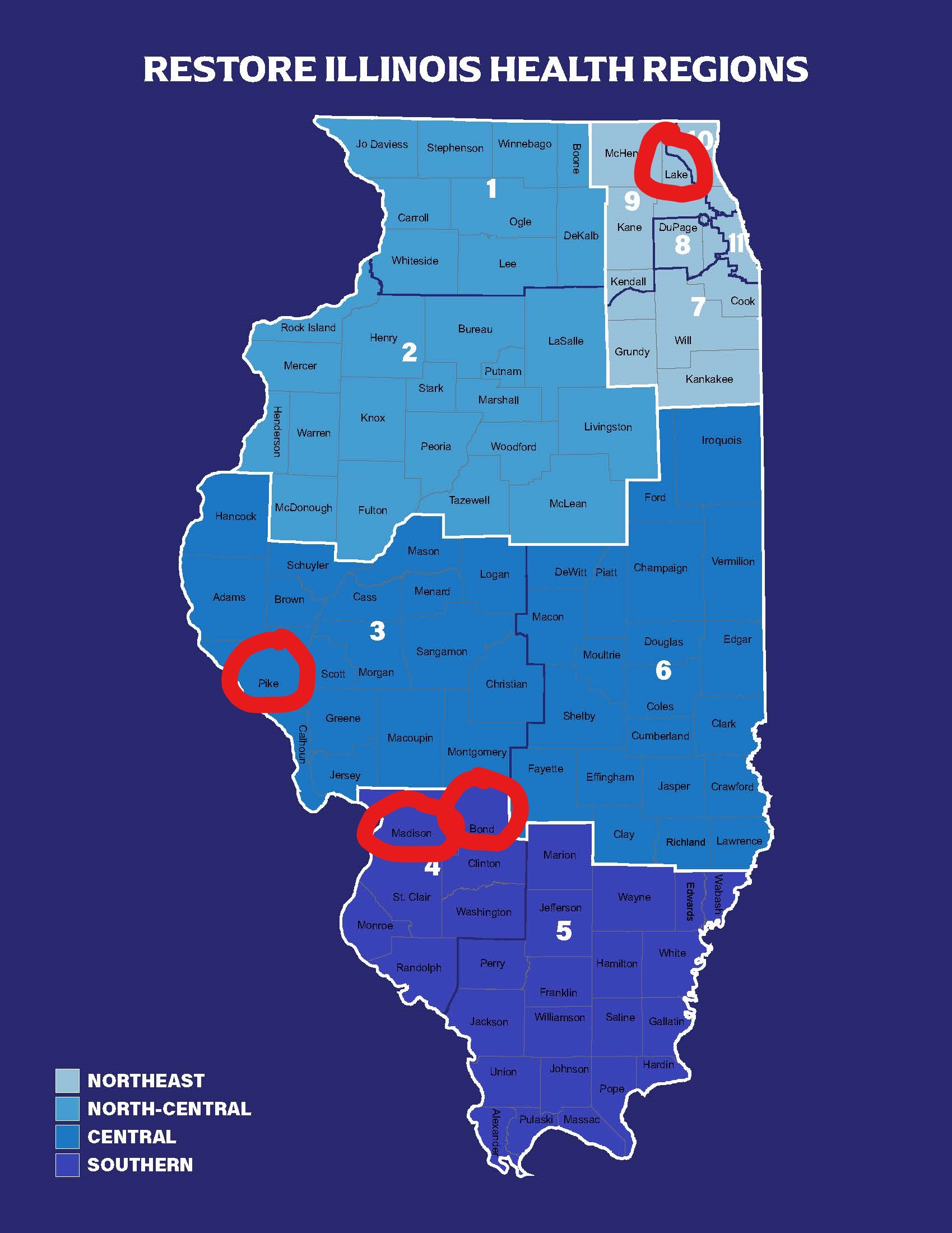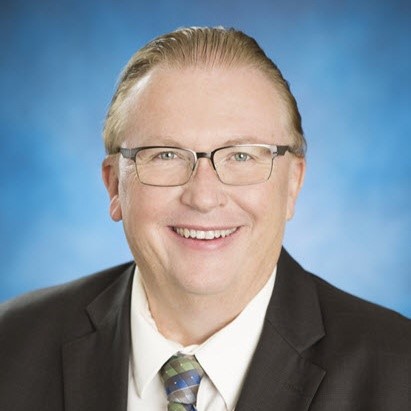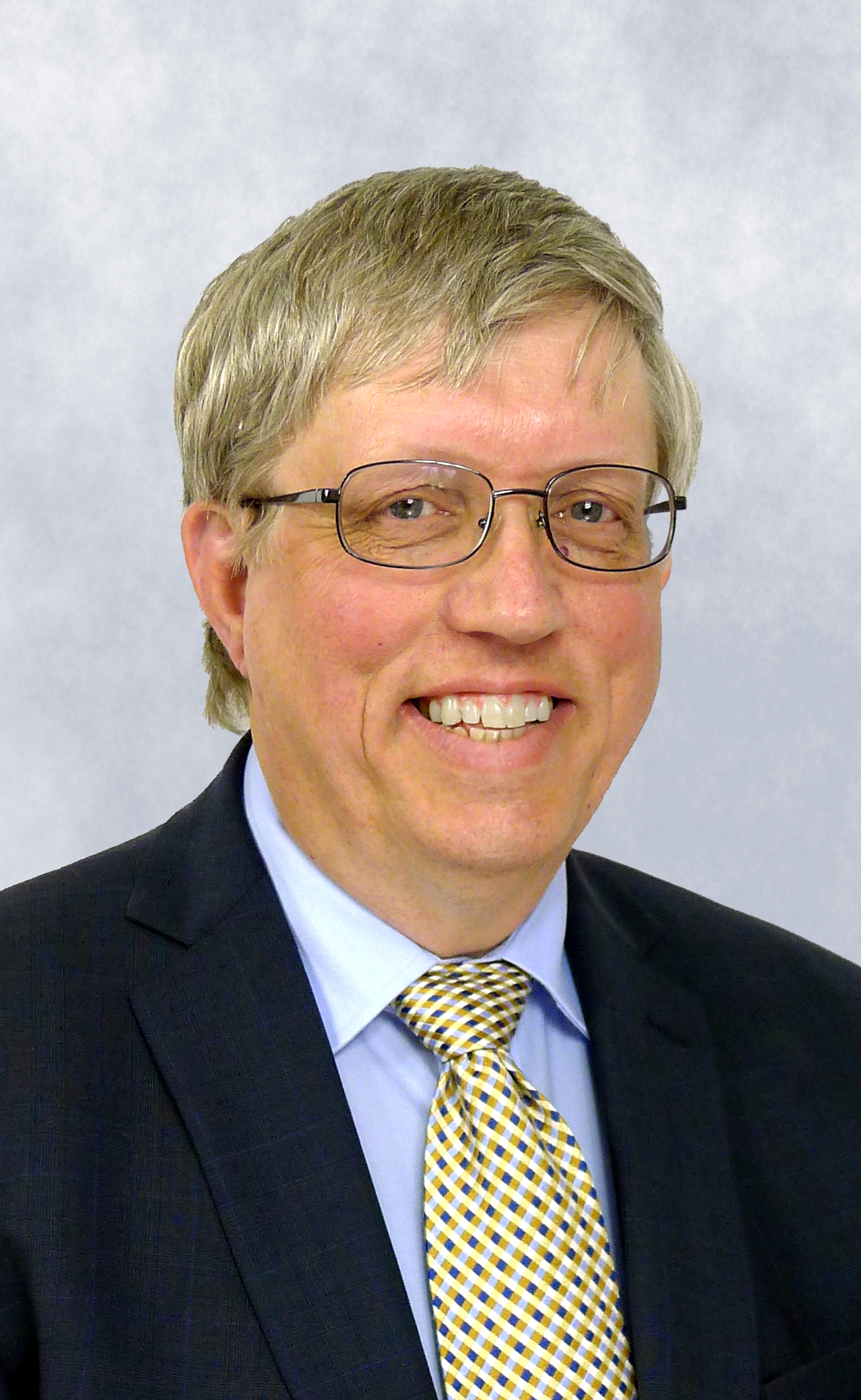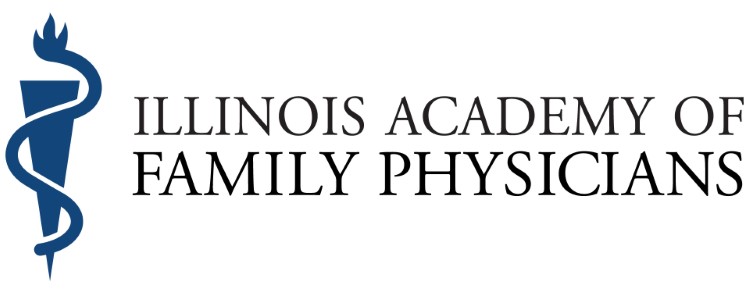
The coronavirus continues to surge throughout the state. Several IAFP members are directors at their county health departments or serving in other County leadership roles. Below is an account from four different sections of the state outside of Chicagoland.
 “The Shadowed Pandemic” – A Mental Health Crisis
“The Shadowed Pandemic” – A Mental Health Crisis
Shami Goyal, MD, FAAFP, MMM, CPE, Regional Medical Director, Lake County Health Department, Waukegan and Gagandeep Goyal, MD, MMM Medical Director, Addiction Wellness Services, Rockford
This year has been filled with painful images and painful realizations- from the virus to social injustice to political mayhem. A new CDC survey found that almost 41% of respondents struggle with mental health issues stemming from the pandemic - both related to the coronavirus pandemic itself and the measures put in place to contain it, including physical distancing and stay-at-home orders. This crisis is a human tragedy that has affected the global psyche. Mental health often faced inequitable challenges, and then came the coronavirus. Unfortunately, health care workers are among those who are most deeply affected, surrounded by uncertainty and fear. The most significant part of the mental health crisis is the fear of not knowing what will happen next. And the pandemic brought that fear to life and continues without an end in sight.
As the pandemic continues to wreak havoc on communities, the need for culturally affirming mental health support services is even more dire. We should use the tools at our fingertips to help each other. Even in isolation, we can find ways to remain connected. A leap in innovative thinking and adaptability will allow us to help others in need. Monitoring the population's mental health burden and identifying vulnerable groups for targeted assistance is a public health priority. With restrictions and stay at home orders, our traditional socialization methods are canceled, but a few things that are not canceled are empathy, kindness, and our faith in humanity. Let us urge our government, society, and health authorities to come together urgently to address the severe mental health consequences of this pandemic.
 Madison County Loren Hughes, MD serves as a member of the Madison County Board of Health Advisory Committee
Madison County Loren Hughes, MD serves as a member of the Madison County Board of Health Advisory Committee
This is the second wave we talked about from the very beginning. We have tried to flatten the curve since the beginning. But as soon the restrictions eased, people start mingling again. We are fighting human nature and we are seeing a combination of emotional and mental fatigue from months and months of this pandemic.
In colder weather, some restaurants cannot necessarily handle outdoor dining as required by the mitigation restrictions, unless you have a lot of heaters set up and you are under cover. In our own home and work environments, the weather is driving people indoors as well. Social distancing and masking are now even more important. With the holiday season rapidly approaching, I am especially concerned about the potential for the rapid spread of the virus through family gatherings. We all know what we need to do for safety with family members. But in reality, you have that inner circle of trusted people around you; and you don’t anticipate they could bring something bad into your world. When someone in a group does not wear a mask, everyone else feels like they have permission not to wear a mask.
Contact tracing as another key factor in reducing the spread of the virus. Once we have a known COVID patient, it is important that we get to their known circle of contacts. We have about 45 people doing nothing but contact tracing. IDPH suggests we may need as many as 75 people to cover the population of Madison County if the surge continues. Meanwhile, those Public Health workers are battling both fatigue and contract tracing obstacles. There is a lot misplaced anger and frustration being aimed at the Public Health Departments for doing their job and they are feeling misdirected hostility when trying to do their work. We want to give credit to those doing this job. Everyone wants to pat the frontline workers on the back but want to slap the health department workers on the backside.
We also cannot forget how deadly the coronavirus can be for high-risk populations, especially those in long-term care facilities. Even though we’ve seen progress, we still have 16 nursing homes in the county that are under outbreak criteria, which means two or more Covid cases in people who don’t live together but work or cross paths in the same environment. We also have increased numbers of patients in the hospital and on ventilators in the county right now. Because patients from Madison County are also admitted to St. Louis area hospitals, it is hard to get real time numbers on total county resident hospitalizations. Pike County: Ronald Johnson, M.D., IAFP Past President
Pike County: Ronald Johnson, M.D., IAFP Past President
Pike County Health Department had "smooth sailing” for quite a while, with just three cases during the first 2-3 months, climbing to about 100 total after six months. Then we blew through 200 cases in a month, followed by 300 and nearing 400 in just days. Few here wear masks, but some practice social distancing. Nonetheless, people attend parties and weddings, both inside and outdoors. Then we had a super spreader event - a birthday party at a bar with 200+ attendees and a limited few wearing masks. This one event resulted in dozens of positive cases. The party was followed by a county-wide flea market, with people from in-town and surrounding states all in one place. We had an early announcement from the State's Attorney and the City Chief of Police stating that they would not enforce social distancing guidelines and that did not help.
The Health Department had to pull down web pages for complaints after receiving threats from county residents. I was finally able to bring PCHD, the State's Attorney, the Chief of Police, the Sheriff, and the County Board Chair together to agree on common ground for the complaint system. We were able to reach a common goal towards enforcing the guidelines and supporting the PCHD. I would also like to note that most health department personnel are women, and all the county leaders are men, which is important here.
We have been able to keep COVID out of all but one nursing home with copious amounts of testing and great work from staff with available PPE, but the emotional toll is heavy. The vectors for nursing homes are the employees. Without community support to slow the spread, it seems only a matter of time before the virus hits another nursing home, and many vulnerable residents become infected.
The PCHD has felt intimidated by the public as well our leaders. Our department has struggled to comply with years of state mandates and chronic underfunding. Some vitally needed personnel have resigned. We are a small county, which has made contact tracing more difficult and time-consuming. When we can announce cases and incidents, it is brief. However, all the yelling and screaming on the phone has made the process miserable for contact tracers.
 Bond County: Thomas D. Dawdy, M.D., Chairman, Board of Health
Bond County: Thomas D. Dawdy, M.D., Chairman, Board of Health
One of the greatest challenges for the Bond County Health Department during this time has involved securing “buy in” from the community of the serious nature of the COVID pandemic, and the importance of masking and social distancing. Everyone wants our children to safely attend school in person. School children need to be in the rooms with their teachers, and academic testing is showing the more vulnerable kids are falling behind at alarming rates. We are working to educate our communities. Regardless of whether or not they fear COVID themselves, we ask that everyone recognize and accept the responsibility that personal behavior affects the ability of our schools to teach in person, and ultimately allows businesses to be able to operate safely. We are asking people to look outside of themselves, and actively participate in protecting others in the county. This is a health issue that should not be hijacked by those who see it as some kind of political game. We share the feelings of those who are tired of all things COVID19, but we urge everyone to establish and maintain good personal practices that will protect others.
When a safe and effective vaccine is available, we anticipate that groups such as health care workers will be vaccinated first, followed by high-risk groups in long term care and congregate living situations. We understand the state will manage the long-term care vaccine programs via contracts with large pharmacy chains, but we expect our local health department will be the main source of vaccination for the public.
Meanwhile we are preparing to protect our county. The vaccines most likely to obtain early FDA approval will require very cold storage temperatures. We are investigating the purchase of an ultracold freezer. In anticipation of mass vaccination during foul weather, we are obtaining bids for construction of a drive thru facility that will provide protection from the weather with adequate ventilation. Our goal is to have this completed by February or March. In the meantime, we are searching for alternate enclosed drive thru sites that could be used for occasional winter drive-thru testing as well as a for a vaccination venue if needed.



